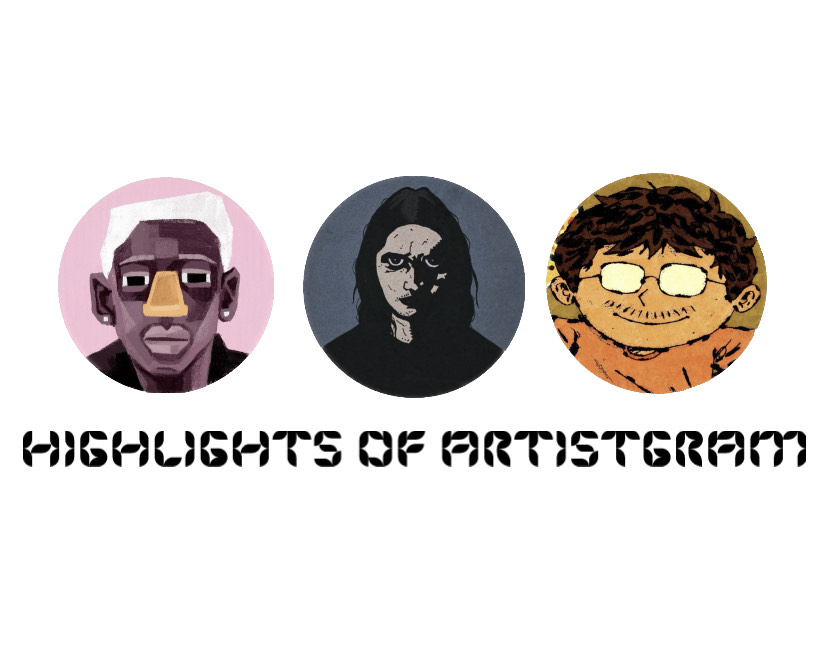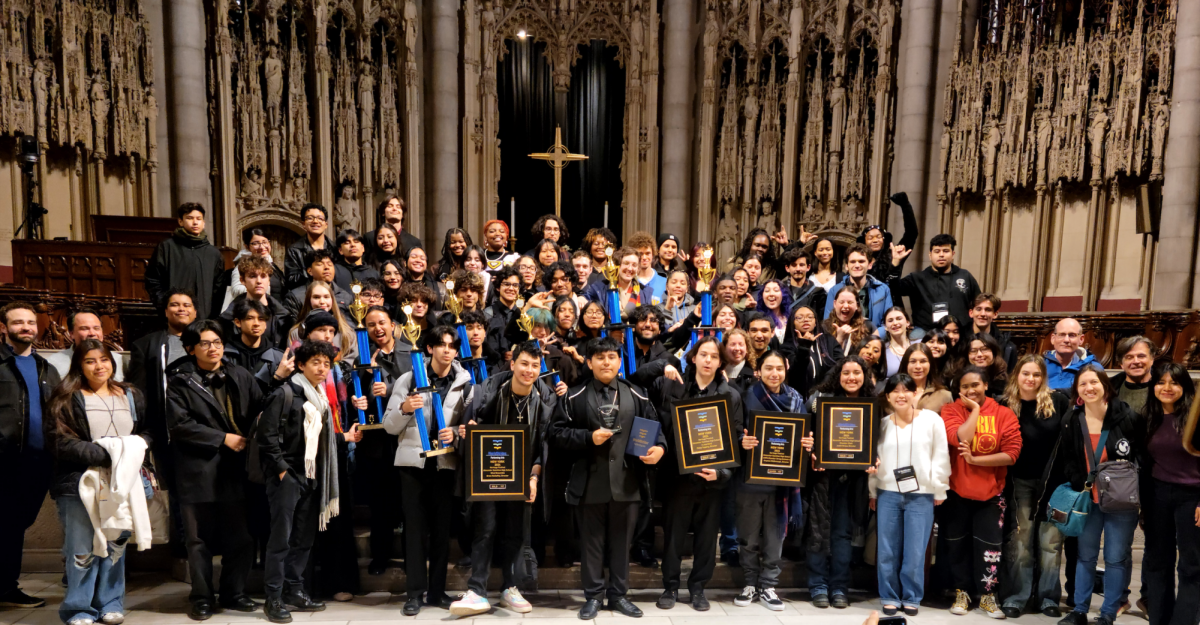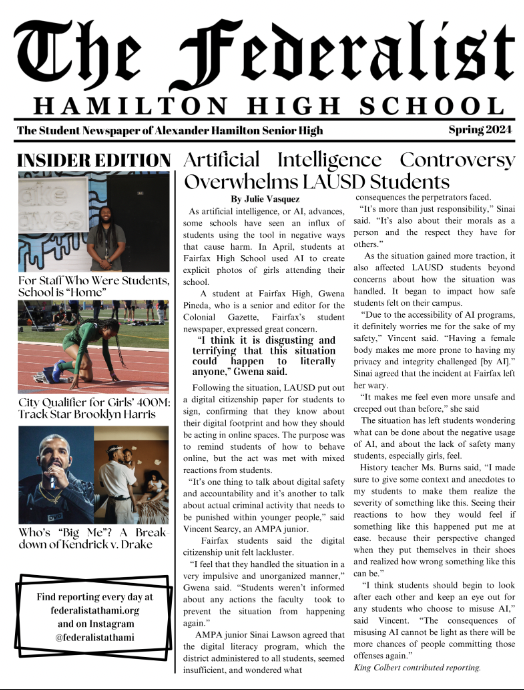Much like other adolescents, SAS Junior Nazaya Grant often finds herself looking at other girls’ pictures or lifestyles on social media and wishing she had what they did.
“I was scrolling through my for you page on TikTok and saw a girl my age who seemed like she had everything figured out,” Nazaya said. “She travels often, has a lot of money, has the ‘ideal’ body, is overall very attractive, and seemed like a very nice person to be around. I had spent weeks thinking ‘My life isn’t fair, her life is so perfect.'”
This is the reality of social media today: a web of comparison and lies. it is incredibly easy to find yourself entrapped in what feels to be endless gloom and comparison. Deep pessimism has embedded itself into social media, weaving itself into the subconscious of mindless scrollers.
Oddly enough, the fix to this might not be getting off social media – the fix could be more social media, now overthrown by a trend called Hopecore.
Hopecore is, simply put, a rejection of doomism, or extreme fatalistic and pessimistic viewpoints. It’s a blend of philosophy and aesthetics that evokes a unique combination of emotions:
- Sonder: The feeling of realizing everyone, including strangers, has a life as complex as one’s own.
- Yūgen: A profound, mysterious sense of the beauty of the universe and the sad beauty of human suffering. It encourages the idea that beauty does not exist in a literal sense.
- Melancholy: Sadness that arises at the realization suffering is at the heart of humanity. It is not bitterness, but tender-hearted acceptance of it.
- Humanity: An understanding that all humans exist collectively. This feeling encourages morality and compassion.
- And most importantly, hope.
Hopecore serves as a reminder of the pureness found in humanity and nature. Through focusing on the beauty of everyday interactions with nature, animals, and even intimate objects, its main message seems to be that happiness is truly simple to achieve and that everything will be okay.
According to Nazaya, this message is reaching its audience. “Hopecore has definitely helped me to see things in a more positive way,” she said. “People’s opinions on Hopecore may vary but I think it helps push a lot of people to try and do better and fix their lives instead of comparing themselves to others.”
SAS Junior Elvis Neal claimed it brought realization upon him, “They make me realize how bad all the other videos I was watching are which motivates me to get off social media,” he explained. “It gives out a positive message and they give me joy.”
Hopecore is commonly seen in cute slideshows featuring images of scenery and animals accompanied by quotes, motivational videos, and memes with a replaced message of positivity.
“To refuel and replenish ourselves in a life-giving way, we need to embrace life’s little joys. To be curious about the way the sunlight dances through the trees, or why the little finch is singing so loudly. We need to notice the sky at dawn, the little bud that has flowered, and the girl on the bike with her ponytails flying in the breeze because these moments are power foods for the human soul.”
— Homaira Kabir, The Overlooked Benefits of Little Joys
With over 2.2 billion views on TikTok, multiple Pinterest boards, and appearances on YouTube and in movies, it’s becoming harder to avoid.
Despite this, opinions differ on whether or not it will last. “I don’t think it’ll remain popular but I think it should,” said AMPA junior Jekaili Bey.
Hopecore has appeared many times in the past with different names such as “optimistic nihilism” or “the indomitable human spirit.” Despite this, its core is always the same: making a conscious decision to love, care, and exist beyond the typical pessimism that has taken over society. Fingers crossed, this time, hope is here to stay.






























